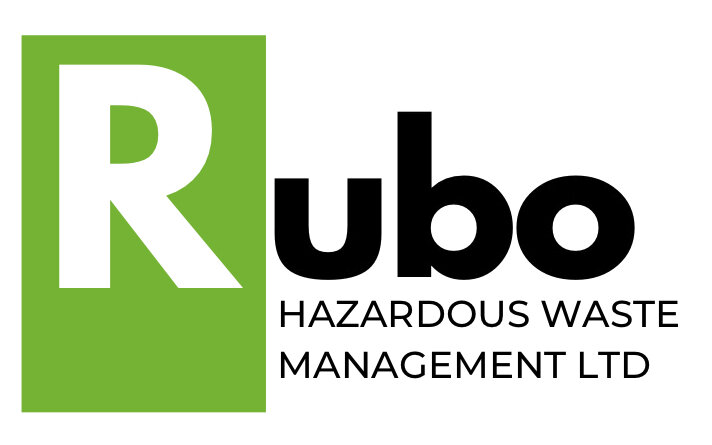Navigating Safe Packaging and Labeling for Hazardous Waste in the UK
In the realm of waste management, responsible handling of hazardous waste is of paramount importance to safeguard both public health and the environment. The United Kingdom places stringent regulations on the packaging and labelling of hazardous waste, ensuring that proper practices are followed to prevent accidents, contamination, and harm. In this blog post, we delve into the key aspects of suitable packaging and labelling for hazardous waste in the UK.
The Importance of Proper Packaging:
Proper packaging is the first line of defence against potential hazards posed by hazardous waste. The packaging must effectively contain the waste material, prevent leakage or spillage, and ensure safe transport and disposal. In the UK, waste packaging regulations are guided by the Carriage of Dangerous Goods and Use of Transportable Pressure Equipment Regulations (CDG Regulations).
Key Guidelines for Suitable Packaging:
Compatibility: Waste must be packaged in containers that are compatible with the waste material to prevent reactions, leaks, or deterioration of the packaging material itself.
Strength and Durability: Packaging must be sturdy and durable enough to withstand handling, transportation, and potential accidents.
Leak-Proof Design: Packaging should be designed to prevent leaks, spills, and releases of hazardous substances.
Sealing: Containers should have secure lids, caps, or closures that prevent any escape of waste materials.
The Role of Effective Labeling:
Labelling hazardous waste is not only a legal requirement but also a crucial step in communicating potential dangers to handlers, transporters, and disposal site personnel. Proper labelling helps identify the contents, potential hazards, and proper handling procedures.
Essential Labeling Information:
Waste Description: Clearly state the nature of the waste, including its chemical composition and potential hazards.
Hazard Symbols: Use appropriate hazard symbols and pictograms to indicate the specific dangers associated with the waste.
Risk and Safety Phrases: Include relevant risk and safety phrases that provide further information on the hazards and necessary precautions.
Contact Information: Provide contact details for responsible individuals who can provide further information if needed.
Staying Compliant and Responsible:
In the UK, the Environment Agency and other regulatory bodies enforce strict adherence to packaging and labelling guidelines for hazardous waste. Non-compliance can result in legal penalties and harm to the environment.
At Rubo - Hazardous Waste Management Ltd, we prioritize responsible waste handling. Our team is well-versed in the UK's regulations and guidelines for suitable packaging and labelling of hazardous waste. By adhering to these standards, we contribute to a safer, cleaner, and more sustainable future.
For inquiries, guidance, or assistance with proper packaging and labelling of hazardous waste, please don't hesitate to reach out to us. Together, we can ensure the protection of our environment and the well-being of all.
